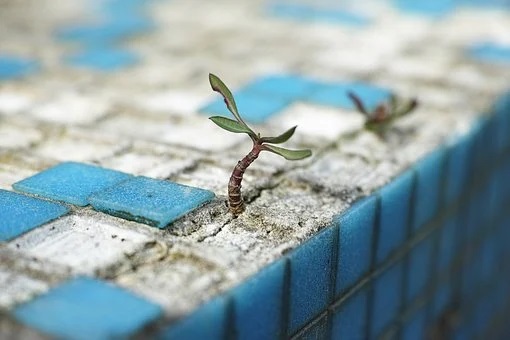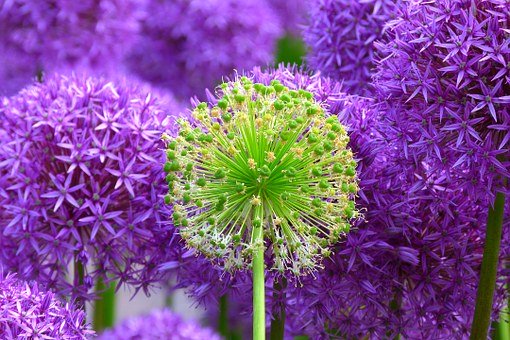For ordinary people, the mind follows a natural pattern. This pattern always takes the same direction. To start with, material things can bring us a feeling of happiness. This feeling of happiness is based on a sense of satisfaction; in turn this sense of satisfaction comes from having a new or fresh experience. When we examine the feeling of happiness, we see that all things lose their luster once the novelty wears off. Being new and fresh is not a quality that can last forever; it is only a matter of time before it dissipates. When the new sensation disappears, the feeling of satisfaction loses its base and disappears with it. The feeling of happiness then disappears as well.
As human beings, we think material things are what we spend a lifetime pursuing; actually, we are only chasing after a feeling. The Buddha pointed to this important distinction, but we have yet to recognize or discover it.
~Depicted from ARE YOU READY FOR HAPPINESS - The Tibetan Buddhist View on Happiness











